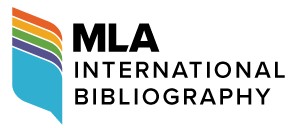Abstract
Fichte’s and Schiller’s “Horenstreit” marks a significant event in the history of aesthetics . This dispute primarily addresses three fundamental questions within aesthetics: whether philosophy and aesthetics arise from distinct spirits, whether an independent aesthetic drive exists, and how the relationship between image and concept should be understood. Analyzing these three questions helps clarify the position of Fichte’s aesthetics within his broader philosophical system and enables a reinterpretation of Fichte’s aesthetic theory. Based on this, it becomes possible to explore the potential for constructing an independent transcendental aesthetic system. Such a system differs from Kant’s aesthetic judgment, which serves as an intermediary between theoretical and practical reason, and from Hegel’s view of beauty as a sensuous manifestation of the Idea. Rather, it is an aesthetic system founded on imagination, sharing a common origin with philosophical spirit and possessing equal theoretical standing.
Keywords
Horenstreit, Fichte’s aesthetics, imagination, aesthetic drive, image and concept
First Page
190
Last Page
199
Recommended Citation
Gao, Hui. 2025. "Geist and Letter: The Horenstreit and the Foundation of Fichte's Theory of Aesthetics." Theoretical Studies in Literature and Art 45, (4): pp.190-199. https://tsla.researchcommons.org/journal/vol45/iss4/18


